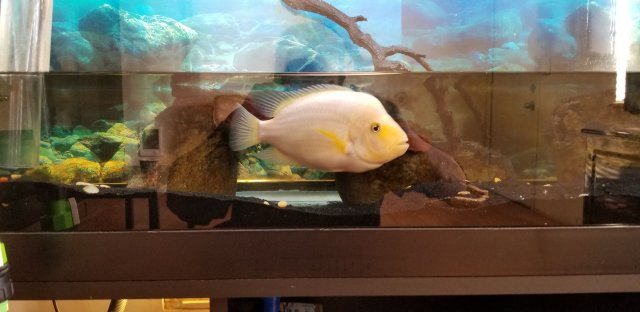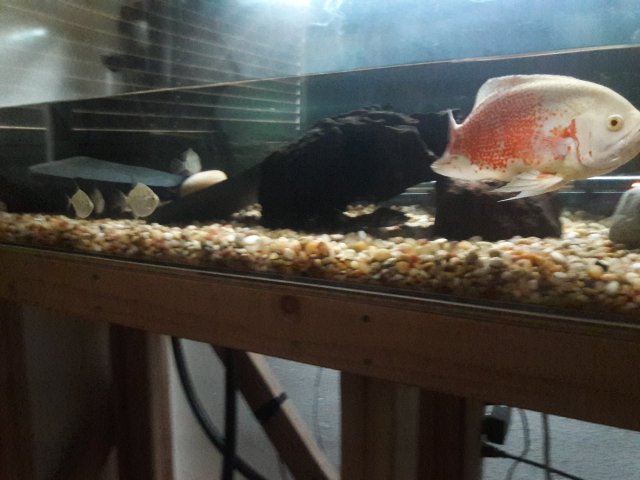We don't know how much food the OP used to seed the tank, was it a pinch, a spoonful, or an entire can of fishfood.
If its a pinch, or a spoonful that shouldn't be a big deal, if its an entire can, then maybe a vac would be called for.
Its critical at this point, not to loss beneficial bacteria, and they must be fed. Regular vacuuming can start once nitrate has taken over for ammonia and nitrite
The problem with this is there has been a lot of knee jerk panic type reactions, without getting to understand the basics, which is the norm with noobs. Fish keeping is a lot to do with science, and unless that science is understood, it usually won't work.
It's not like collecting stamps, where one sets them in a book and its done, there is always continuous adjusting.
Rocksor gave good advice early on, but being new, the OP was fearful.
It's like when a noob first encounters ick, and "under" treats because 1 catfish might be effected, with a result being, all fish get ick and die, instead of one or two. Collateral damage in the aquarium hobby is often unavoidable.
It's probably a good idea the OP is starting with some goldfish, instead of an expensive FH. Fish deaths are often the best learning tools.




